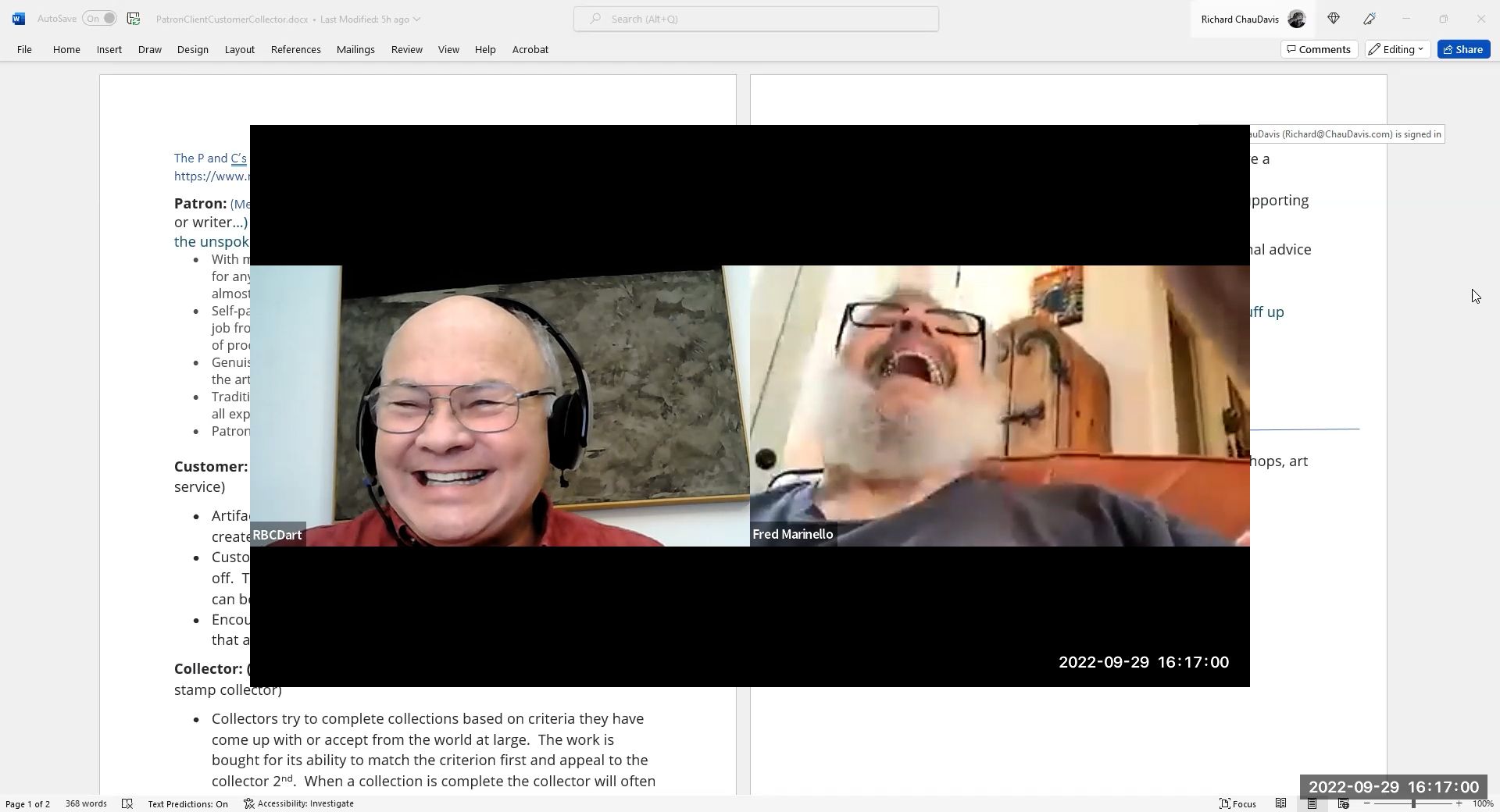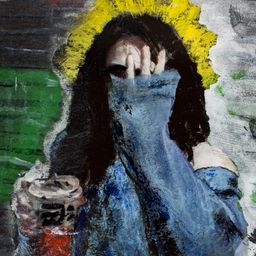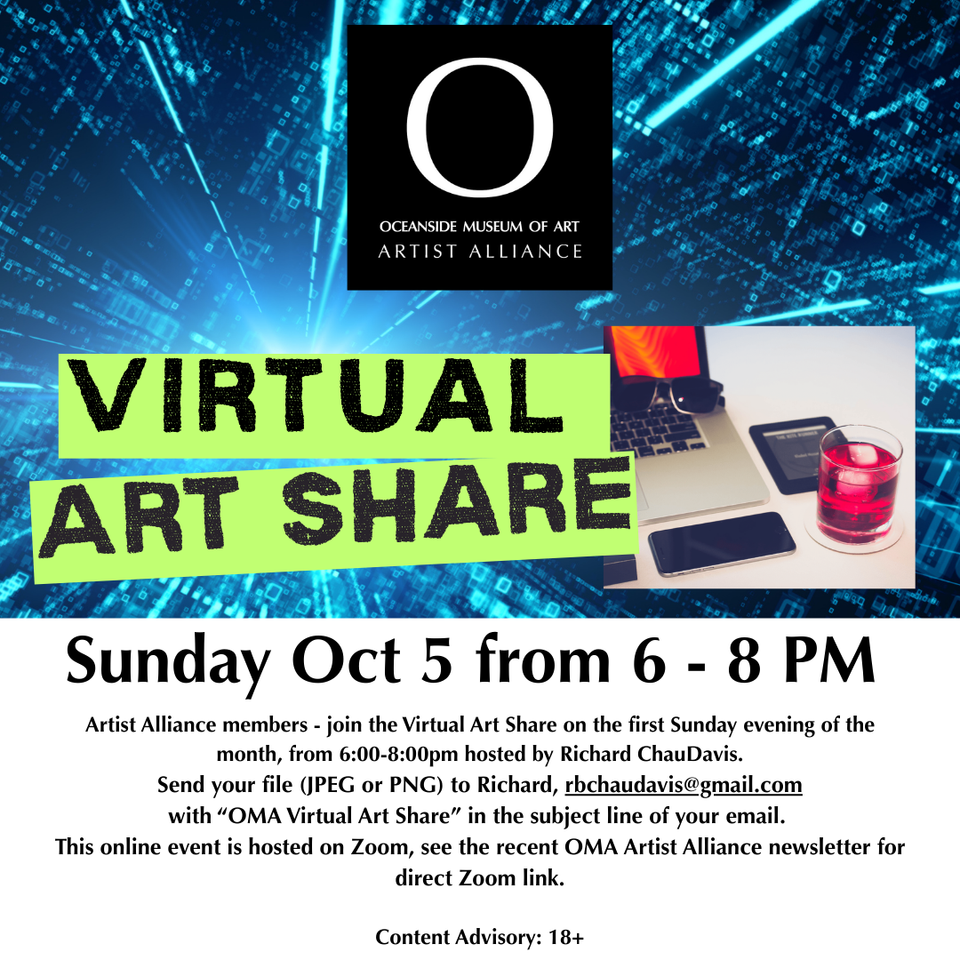There be Vampires! 7-28-2022
did not realize for the longest time...


In case you missed it, here is the quick version!
https://vimeo.com/manage/videos/643955113
Zooming In the discouraging fog of a modern San Diego art practice
As an artist before giving to an institution, collective, or person. Ask yourself, ‘are they soaking up limited resources that are better spent elsewhere?’
Dead artists, their institutions, and their salespeople, can be vampires. If money is exclusively spent on dead artists, living artists are stifled. Some places have museums for dead artists, private collectors of dead artists, programs for kids, and tea parties for adults while not supporting their living artists.
San Diego has been such a place for decades, like a dying reef, Ray St, India St, SDAI…
Some vampiric red flags to watch for are ‘funding the arts,’ ‘for the children,’ resale value, world class, non-profit grants, charity auctions, exposure, and of course. Juried Shows
Juried Shows rarely sell work, are attended mostly by the showing artists, their friends, and their families. In addition, many who pay to submit their work do not get juried in. In other words, in most juried shows the reality is that artists are paying upfront for ‘just a chance’ to show their work to themselves and their loved ones.
While they are not a sales and fame platform, juried shows are a good way for an artist to help an art business or institution thereby contributing to the live art scene. The Studio Door, Oceanside Museum of Art, The Escondido Arts Partnership Municipal Gallery, and Thumbprint are a few examples of places in the San Diego region that reinvest dollars into their living art communities.
Understand for actual sales and fame, Instagram is free and does better.
Juried shows aside, I think an institution is valuable to the living art community if 3 of the following 10 apply:
1. Acts as patron to artists or encourages the patronage of artists.
2. Sponsors mediators in peer reviews.
3. Offers for showing artists substantial prizes, no fees, and/or pays artists selected in their shows.
4. Has a history of enabling local artists.
5. Regularly shows a wide variety of local artists.
6. Pays artists to show their work.
7. Sponsors an art gym.
8. Sponsors life drawing.
9. Holds artist to artist events and workshops.
10. Sponsors resident artists.
Along with buying work, giving to those supportive institutions helps.
It is also possible to inexpensively support artists and galleries by regularly sending small amounts directly to them through something like Patreon or Ghost (www.rbcdart.com for myself). Small dollar patronage often has outsized benefits for the patron and the supported artist (different for each patronage).
Very interested in thoughts, feedback, and personal perspectives on what I have written here. Please comment!





